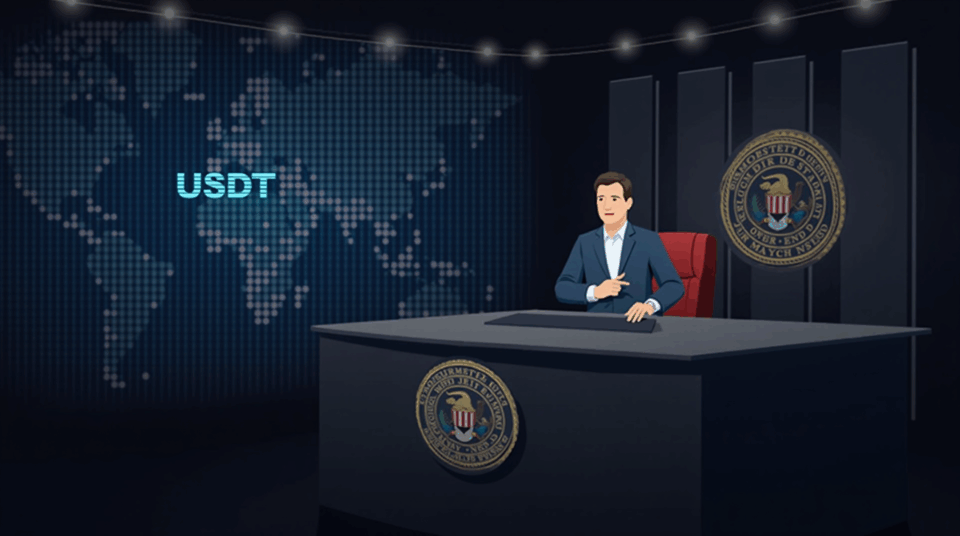The U.S. Department of Justice (DOJ) has filed an action to trace and recover $12 million in Tether (USDT) tied to an alleged cryptocurrency investment scam. The civil measure allows authorities to freeze digital assets without a prior criminal conviction and aims to speed up restitution to victims.
DOJ Action and Key Facts
The DOJ filed a civil forfeiture complaint in federal court to identify and seize the USDT in question, applying traditional legal tools to digital money and combining them with blockchain analytics to track asset movements. Investigators found that the funds had been transferred to addresses linked to a platform suspected of luring deposits through fraudulent means. According to the filing, the money was frozen in those destinations and system providers actively cooperated to restrict its circulation, enabling authorities to monitor and block access to the funds.
Reactions and Regulatory Tensions
Collaboration between stablecoin issuers and government agencies has made asset recovery possible, but it also reignites debate over privacy, financial control, and due process. While the technical ability to trace and freeze transactions strengthens anti-fraud efforts, it also raises concerns about the role of private companies in restricting funds that are perceived as decentralized. These tensions highlight the urgent need for clear regulatory frameworks and institutional procedures to govern interventions in cases of digital asset fraud.
Practical Consequences for Users and Projects
For users, it is crucial to rely on regulated platforms and verify the reputation of services before transferring funds, since prevention is the first line of defense against scams. For issuers and custodians, it is increasingly necessary to disclose cooperation policies with authorities, strengthen internal audits, and establish appeal mechanisms to build user trust and mitigate legal risks. The case could accelerate stricter regulatory demands on stablecoin issuers and other digital asset custody services.

Conclusion
The DOJ’s action targeting the $12 million in USDT demonstrates that the law can pursue and reclaim digital assets, and that collaboration between authorities and private actors is key to minimizing harm to victims. At the same time, it underscores the importance of balancing enforcement efficiency with legal safeguards and protecting legitimate users within a financial ecosystem striving for greater transparency and security.

